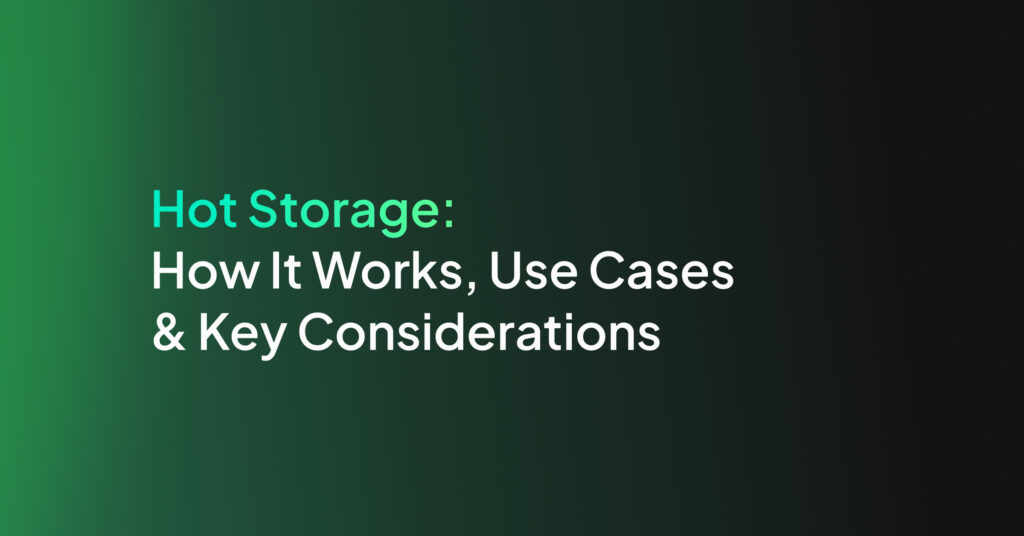Observability vs Monitoring: 5 Key Differences

What Are the Similarities Between Observability and Monitoring?
Observability and monitoring share the goal of ensuring that systems operate reliably and efficiently. Both practices involve collecting data that helps IT teams understand the system’s current state and address issues quickly. They require tooling for data collection, storage, and analysis, including dashboards and alerting mechanisms to make data accessible and actionable.
Additionally, both practices aim to enhance the overall user experience by maintaining system performance and reliability. By systematically capturing data and alerting on various conditions, teams can address security and other issues before they affect the end-user, reducing downtime.
Observability vs Monitoring: The Key Differences
Here’s a look at how these two related concepts differ in several key areas.
1. Scope
Observability has a broader scope than monitoring. While monitoring looks at specific metrics and predefined parameters, observability aims for a wider understanding, enabling the discovery of unknown issues through data analysis. This allows for better diagnostic capabilities and root cause analysis.
Monitoring is often limited to tracking known issues and performance indicators. It provides immediate, actionable insights within a well-defined context but may not capture complex interactions or hidden problems within the system.
2. Data Collection
Observability relies on extensive data collection from various sources, including logs, metrics, and distributed traces. This provides a full spectrum of insights into the system’s state, capturing everything from high-level metrics to fine-grained event logs. It enables deep querying and analysis.
Monitoring typically focuses on metrics such as CPU usage, memory, and network traffic. These metrics are collected at regular intervals to detect anomalies. While logs and traces can be part of monitoring solutions, they are not usually integrated as comprehensively as in observability practices.
3. Proactivity vs Reactivity
Observability emphasizes a proactive approach. It enables teams to anticipate issues before they become significant problems. By analyzing trends and patterns in data, engineers can identify potential issues early and address them during regular maintenance rather than during emergency downtimes.
Monitoring tends to be more reactive. It alerts teams after an anomaly or failure has been detected. While essential for immediate troubleshooting, the reactive nature means some issues may only be addressed after they have impacted the system’s performance or availability.
4. Complexity Management
Observability is especially useful for managing complex security and performance issues. Given its data collection and analysis capabilities, it provides insights into how different components interact within a distributed system. This understanding helps in identifying bottlenecks and optimizing performance.
Monitoring solutions manage complexity by establishing well-defined metrics and alert thresholds. They provide a simple way to track system health but may struggle with intricate, interconnected dependencies. Thus, while effective for simpler environments, monitoring may fall short in handling highly complex, distributed systems.
5. Response Time
Observability can improve response times to detected issues. By offering a more in-depth view of the system, it enables rapid root cause analysis and resolution. Teams are better equipped to handle incidents efficiently, reducing mean time to repair (MTTR).
Monitoring ensures quick response to predefined issues by generating alerts as soon as anomalies are detected. However, the time to resolve issues may be longer due to the reactive nature and limited diagnostic insights provided by monitoring tools. The focus is on timely detection rather than immediate in-depth analysis.
Related content: Read our guide to observability tools (coming soon)
Monitoring vs Observability: How to Choose?
Here are some key considerations to help guide an organization’s choice:
- System complexity: For simple systems with well-understood behaviors, monitoring might be sufficient. However, for complex, distributed systems, observability is crucial to understanding intricate interactions and hidden issues.
- Team expertise: Assess the expertise of IT and operations teams. Monitoring tools are often easier to set up and use, requiring less specialized knowledge. Observability platforms typically require a deeper understanding of the system, as well as proficiency in analyzing logs, metrics, and traces.
- Data requirements: Determine the volume and type of data to collect. Monitoring typically focuses on specific metrics, while observability requires comprehensive data collection across logs, metrics, and traces. Ensure the infrastructure can handle the data load required for observability.
- Incident response needs: Consider the incident response strategy. If the organization requires quick alerts and immediate responses to known issues, monitoring is essential. If the aim is to proactively detect and resolve potential issues before they escalate, observability provides a more effective approach.
- Tooling and integration: Evaluate the existing tools in the IT stack. Some environments might already have extensive monitoring tools in place, while others may benefit from the capabilities of observability platforms. Consider how well these tools integrate with the current ecosystem.
- Cost and resource allocation: Observability solutions can be more resource-intensive and expensive to implement due to their broader scope and data requirements. Monitoring tools are generally more cost-effective but might require additional investments as system complexity grows.
Why Opting for Both Monitoring and Observability Is Beneficial
In reality, most organizations require both monitoring and observability. Combining the strengths of each approach helps create a more effective system management strategy.
Monitoring provides immediate, actionable insights and alerts for known issues, ensuring that the system remains functional and responsive to common problems. Observability offers a deeper understanding of the system, allowing teams to diagnose complex issues, predict potential failures, and optimize performance.
By integrating both practices, organizations can achieve a balance between reactive and proactive management, improving system resilience, reducing downtime, and ensuring a high-quality user experience.
Managed Observability with Coralogix
Coralogix sets itself apart in observability with its modern architecture, enabling real-time insights into logs, metrics, and traces with built-in cost optimization. Coralogix’s straightforward pricing covers all its platform offerings including APM, RUM, SIEM, infrastructure monitoring and much more. With unparalleled support that features less than 1 minute response times and 1 hour resolution times, Coralogix is a leading choice for thousands of organizations across the globe.





